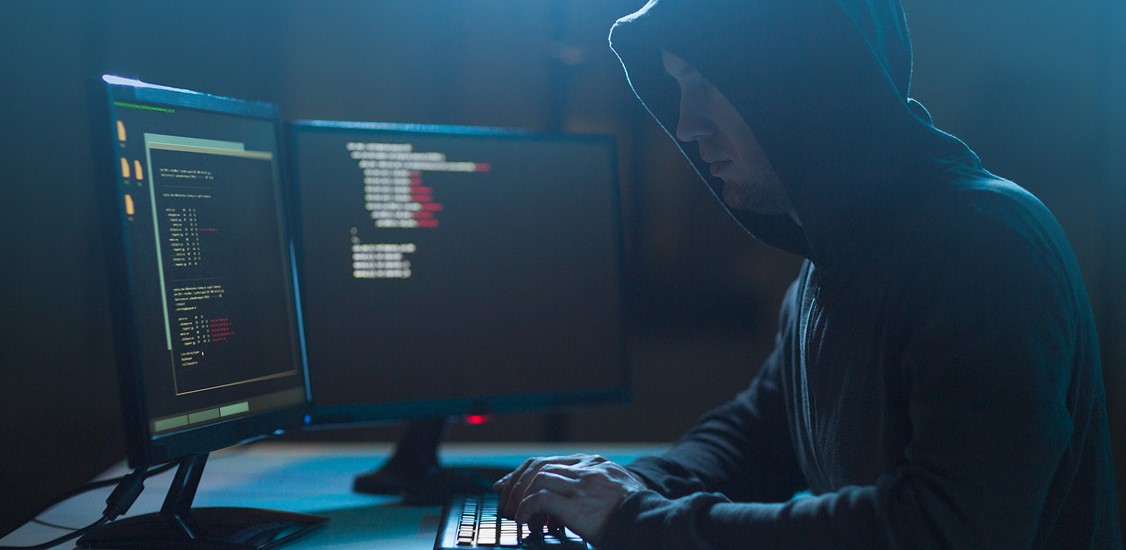We have seen it happen time and again in popular science fiction movies: heroes connecting devices on-the-fly to a network for immediate access, societies harnessing ground-breaking technology to accomplish a critical objective, living in a world driven by the digital.
This is no Star Wars or Star Trek. In reality, that future is not as far off as it may seem.
Digital tech is already integrated into practically every aspect of our everyday lives, utilised by people of all ages and backgrounds. Smart cities are already coming to fruition with smart homes and the seamless integration of Internet of Things (IoT) devices, like biometric home security and Alexa. The workforce is increasing in demand for hybrid-skill employees; for example, financial analysts with data science or engineering backgrounds. Even our kids are learning how to code!
However, as digital transformation takes hold, so too will a rise in vulnerabilities and subsequent exploitation. With this rapid expansion of technical knowledge and capabilities comes those who look to take advantage of that progress: cybercriminals.
Why it’s important to tighten cybersecurity for businesses
Imagine all the blood, sweat, and tears put into building a company’s success, only to have everything come crashing down overnight. This happens more often than many may think.
According to industry reports by IBM and Kroll, almost 60% of APAC businesses fall victim to cyberattacks and data breaches, with financial losses amounting to an average of approximately US$2.71 million. This number will only continue to climb. The additional aftermath of these attacks can be painful to bear: ransom payments; incident response and system remediation fees; lost revenue, partnerships, and contracts; operational downtime; the list goes on.
Are there certain industries more attractive than others for an attack? Yes — finance, government, e-commerce, healthcare, and education consistently make the top of the list due to the vast amounts of confidential data they manage. These companies can either be direct targets of cyberattacks, or collateral damage from a larger attack to cripple supply chains or end users.
In fact, contrary to popular belief, organisations both big and small are potential targets for cyberattacks. Large enterprises are marked for their wealth of information and networks, whilst smaller companies become easy prey because they often do not have security in place.
This is why cybersecurity must become a standard business planning consideration – one that is just as much of a given as financial projections, marketing campaigns, or channel partnerships. Organisations must put serious thought into how to protect their operations via airtight security policies, paired with appropriate technical solutions and training.
Cybersecurity hotspots going into 2023
Digital transformation and sustainability-driven operations are among next year’s key business trends that should be fortified with stronger cybersecurity measures
Businesses across the globe are migrating en masse to digital and cloud-based services. Functions across all business lines — accounting, marketing, sales, operations, and even human resources — are now being managed online via web applications, software-as-service (SaaS) solutions, and third-party services. Moreover, besides being increasingly connected and globalised, these organisations are also becoming more conscious of their sustainability footprint.
It is vital that we think about how to protect these efforts. After all, how can we reap the full benefits of automation, digital connectivity, renewable energy systems, smart city waste management, or zero-emission electric vehicles (just to name a few) — if we neglect to address how they are susceptible to hacks in their telematic systems or Distributed Denial of Service (DDoS) attacks?
It is a fatal error to assume that the system or service being used is entirely responsible for security, or that it can defend against all threats. Instead, the burden of responsibility should be shared between the software/service developers, the vendors, and the business end users. Digital transformation and environmental sustainability can only be a success with the proper knowledge to navigate and mitigate cyber risks.
On a more granular level, companies can also implement cybersecurity training modules for their employees. There is no place too basic to start when it comes to topics: email safety to avoid phishing and scams, smart password use, and multi-factor authentication. Past the awareness and education stage, employees should also be familiarised with what to do if and when something does happen despite their best efforts: who to reach out to, how to communicate, which stakeholders to involve.
At the end of the day, cybersecurity doesn’t have to be expensive or complex. Technical solutions should be integrated based on business and operational needs, taken step by step as it scales together with the company. The most important thing is starting today, because hackers may already be in the system — laying in wait to strike where it hurts most.




















